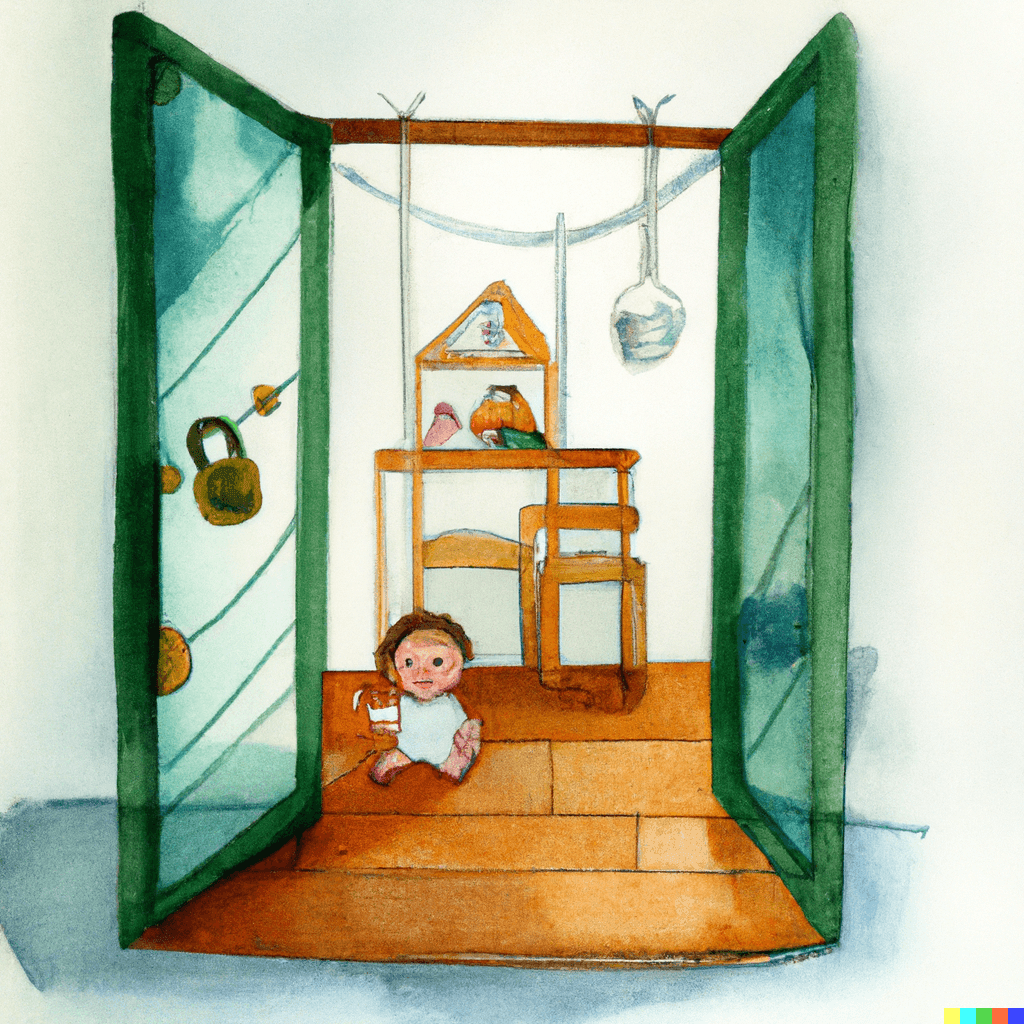As parents, our primary responsibility is to keep our children safe, and one of the most critical steps towards ensuring their safety is childproofing our homes. Every year, thousands of children are injured in accidents that occur at home. However, with a few simple steps, you can make your home a safe place for your little ones to explore and play. In this article, we will discuss the various ways you can childproof your home to ensure your children's safety.
Why Is Childproofing Important?
Childproofing your home is essential because young children are naturally curious and will explore anything and everything they can get their hands on. This curiosity can lead to accidents, injuries, and even death in some cases. By childproofing your home, you can create a safe environment for your child to play and explore.
Basic Childproofing Tips
Here are some basic tips to help you get started with childproofing your home:
1. Secure Electrical Outlets
Electrical outlets are a significant safety hazard for young children. Cover all electrical outlets that are within your child's reach with plastic outlet covers.
2. Lock Cabinets and Drawers
Cabinets and drawers in the kitchen and bathroom should be locked to prevent your child from accessing dangerous items like cleaning products and sharp objects.
3. Install Baby Gates
Baby gates should be installed at the top and bottom of stairs and in doorways to prevent your child from accessing areas that are off-limits.
4. Secure Furniture
Tall furniture, such as bookcases and dressers, should be secured to the wall to prevent it from tipping over and causing injury.
5. Remove Choking Hazards
Remove small objects that can be choking hazards, such as coins, batteries, and small toys.
6. Keep Medications Out of Reach
Medications and vitamins should be kept out of your child's reach, preferably in a locked cabinet.
7. Cover Sharp Corners
Sharp corners on tables and other furniture can cause injury if a child falls into them. Cover sharp corners with corner guards to prevent injuries.
Advanced Childproofing Tips
Here are some advanced childproofing tips for those who want to take extra precautions:
1. Install Window Guards
Window guards should be installed on all windows above the first floor to prevent falls.
2. Install Carbon Monoxide and Smoke Detectors
Carbon monoxide and smoke detectors should be installed on every floor of your home to detect any potential hazards.
3. Install Door Alarms
Door alarms can alert you if your child manages to open a door and leave the house without your knowledge.
4. Install Cordless Blinds
Cordless blinds should be installed to prevent strangulation hazards.
5. Keep Firearms Locked Away
If you own firearms, keep them locked away in a gun safe to prevent accidental injuries.
Conclusion
Childproofing your home is essential to keep your children safe from accidents and injuries. The tips mentioned in this article are just the beginning, but they will help you create a safer environment for your child to grow and explore. Remember that childproofing is an ongoing process, and you should regularly assess your home's safety and make necessary changes.
FAQs
Q: What are the common areas in a home that need to be childproofed?
A: The common areas in a home that need to be childproofed include the kitchen, bathroom, living room, stairs, doors, windows, electrical outlets, and cords.
Q: When is the right time to start childproofing a home?
A: The right time to start childproofing a home is before the baby starts crawling, which is usually around six months.
Q: What are the different childproofing products available in the market?
A: There are various childproofing products available in the market, including safety gates, door locks, cabinet locks, outlet covers, corner guards, stove knob covers, toilet locks, and window guards.
Q: Can childproofing products be removed easily?
A: Most childproofing products can be easily removed once the child outgrows the need for them.
Q: What are some DIY childproofing tips?
A: Some DIY childproofing tips include covering sharp corners of furniture with foam or rubber, placing slip-resistant pads under rugs, securing loose cords and wires, and installing safety gates at the top and bottom of stairs.
Q: Can childproofing eliminate all potential hazards in a home?
A: While childproofing can greatly reduce potential hazards, it cannot eliminate them entirely. It is important to always supervise children and teach them about safe behavior around the home.
Q: How often should childproofing be updated?
A: Childproofing should be updated regularly to ensure it is still effective as the child grows and explores new areas in the home.
Q: What should be done in case of an emergency?
A: It is important to have an emergency plan in place in case of an accident or injury. This includes knowing basic first aid, having emergency contact information readily available, and knowing when to call 911 or 10111.










